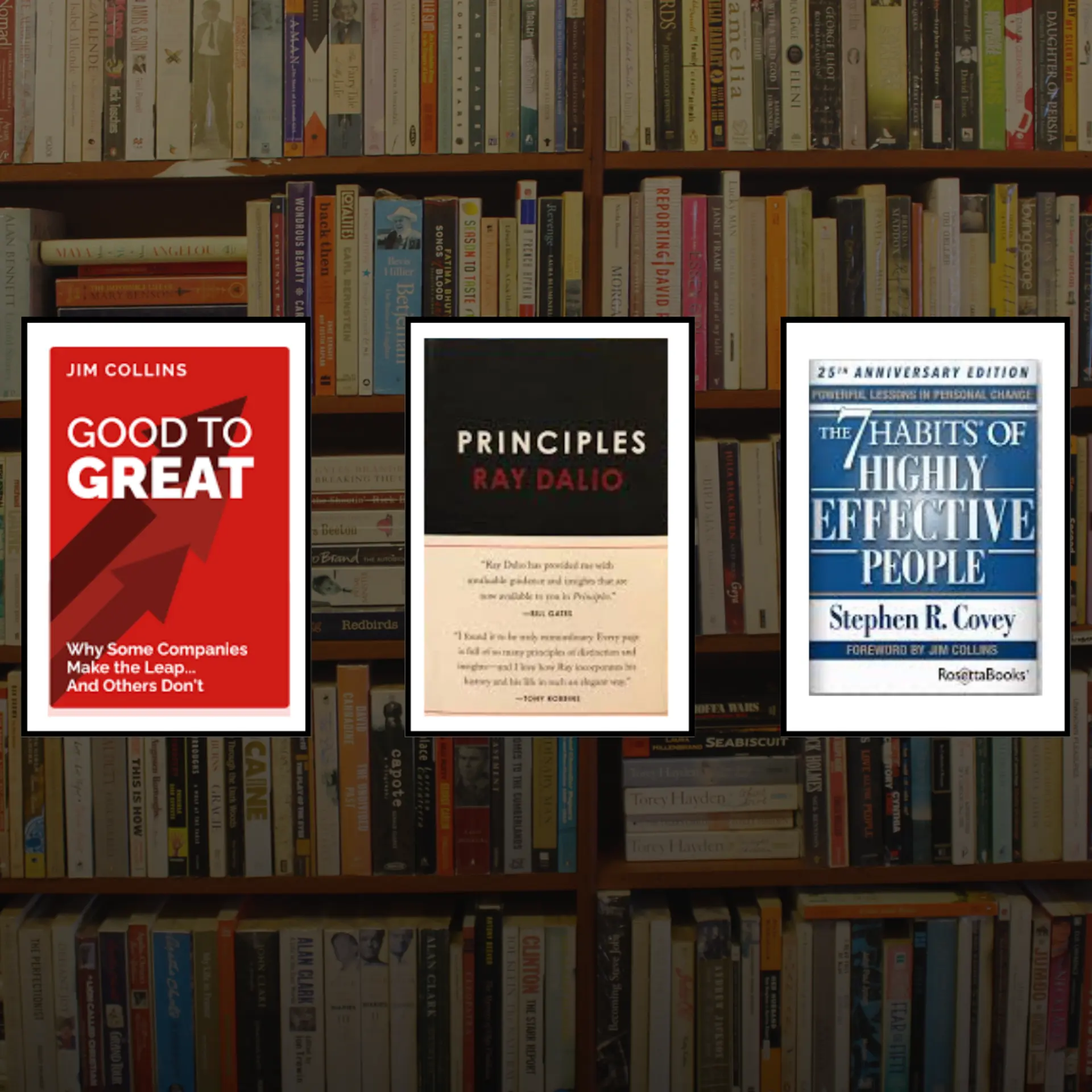Inside Duolingo: The AI Strategies Driving a $7.7 Billion Language Revolution
Discover how Duolingo transformed a free language app into a $7.7 billion powerhouse by redefining the user experience and leveraging innovative strategies. Dive in to uncover the secrets behind its incredible growth and future potential!
Duolingo, once a quirky language-learning app with a green owl mascot, has evolved into a $7.7 billion juggernaut in the EdTech space. With over 34 million daily active users, it has carved out a space for itself in a crowded market by transforming how people learn languages — primarily by leveraging artificial intelligence (AI) and data science.
How AI Powers Duolingo's Success
At the heart of Duolingo’s meteoric rise is its strategic and innovative use of AI, which goes far beyond simple translation exercises. The app uses AI to create personalized learning experiences for each user, dynamically adapting content based on user behavior and performance.
- Personalized Learning Through AI: Duolingo’s AI engine, known as "BirdBrain," adjusts the difficulty of exercises in real time based on user performance. The AI predicts the likelihood of a user making a mistake on a given question and customizes the learning path accordingly. This predictive model relies on analyzing over 500 million lessons each day, allowing it to adapt quickly and maintain user engagement by ensuring the content remains challenging but not frustratingly difficult.
- Smart Notifications and the Bandit Algorithm: Duolingo’s “Bandit” algorithm is an AI-driven notification system that determines not only when to send reminders but also what kind of messages are most effective. By leveraging vast amounts of user data, the algorithm learns which notifications result in the highest engagement rates. For example, the app might notice that certain playful or guilt-inducing messages work better for specific user segments and adjust accordingly. This approach has resulted in a 3% increase in retention simply by optimizing the frequency and content of notifications.
- AI-Generated Content and Curriculum Design: The app uses AI to help create new exercises and courses. Duolingo’s team provides detailed prompts to the AI, which then generates a variety of exercises tailored to specific learning goals. This process, which they liken to a "Mad Lib" for lesson generation, allows Duolingo to rapidly scale its content creation without sacrificing quality. AI-generated content is continuously tweaked by in-house experts to ensure it meets the desired educational outcomes.
- Advanced Data Metrics for Growth: Duolingo utilizes a sophisticated growth model that segments users into different states, such as “At-risk,” “Reactivated,” or “Dormant,” based on their activity patterns. The company then uses this data to run A/B tests and optimize metrics like the Current User Retention Rate (CURR). By focusing on such granular data points, Duolingo can target specific segments of its user base with tailored engagement strategies, ensuring steady growth in daily active users.
A Business Model Beyond Subscriptions
While only around 9% of Duolingo's users pay for a subscription, these subscribers generate nearly 80% of the company's revenue. The introduction of "Duolingo Max," an AI-powered premium tier that costs around $30 per month, aims to attract more paying users by offering unique features such as role-playing with AI bots. This strategy follows the company's philosophy of maintaining growth by providing value, rather than forcing users into paid tiers through intrusive ads or paywalls.
Future Directions: AI, VR, and Beyond
Duolingo is not resting on its laurels. The company is exploring new frontiers like virtual reality (VR) to make language learning even more immersive. By aiming to replicate the human-to-human learning experience through AI, Duolingo continues to push the boundaries of educational technology. With its robust AI-driven framework and the massive amounts of data generated daily, Duolingo's growth trajectory is set to continue, capitalizing on the increasing demand for online education.
Duolingo's evolution from a free app to a multi-billion-dollar business is a testament to its ability to harness AI and data science effectively. By gamifying learning, constantly testing and refining user experiences, and leveraging advanced AI models, Duolingo has not only created a sustainable business model but also set new standards for how technology can revolutionize education.
Edited by Rahul Bansal







